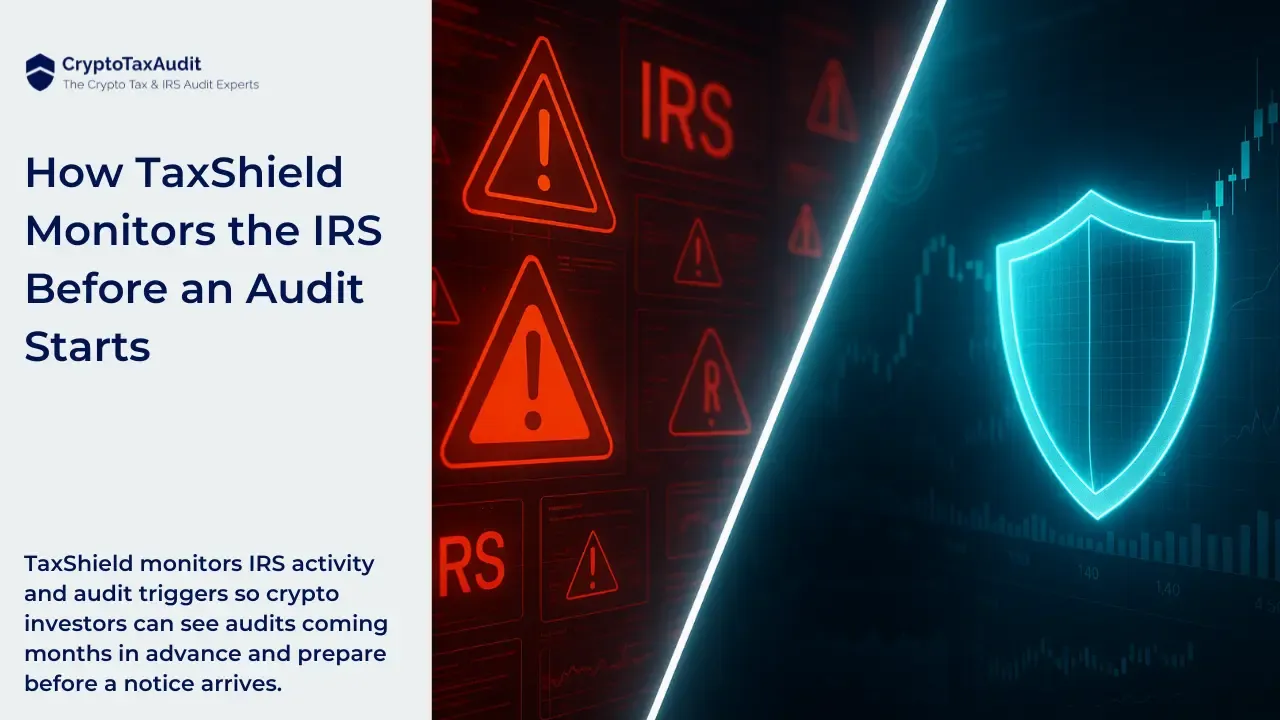
Clinton sheds light on how to adeptly navigate the complex terrain of cryptocurrency losses and gains. From understanding the subtleties of unrealized gains to devising tax reduction strategies, this comprehensive guide helps crypto investors to safeguard and optimize their tax benefits. (TCDS-28)
Introduction.
In a recent episode of the Clinton Donnelly Show, host Meta Mona sat down with crypto tax expert Clinton Donnelly to discuss the complexities of reporting crypto gains and losses. With the crypto market experiencing wild fluctuations and various issues arising from exchange collapses, Clinton breaks down the key points to help you understand how to report your crypto transactions accurately.
The confusion around crypto gains.
Clinton started the conversation by highlighting the common misconception that many crypto investors have about their gains and losses, specifically that some mistakenly believe that they may have lost money in previous years, when in fact, they may have had unrealized gains. The real losses or gains occur when you sell your cryptos. This distinction is crucial when calculating your tax liability.
Crypto tax calculation services.
Mona brought up the issue of crypto tax calculation services, which have become popular in recent years. These services promise to make tax reporting easier by automatically calculating gains and losses based on your crypto transactions. However, Clinton pointed out a significant problem: the accuracy of these services varies widely.
To illustrate this point, Clinton shared an example of a client who used ten different services to calculate their gains, and each service provided a different result. Some services reported over a thousand transactions, while others reported tens of thousands, all with the same data. This inconsistency is a major concern for crypto investors looking for reliable tax reporting.
Challenges with missing records.
Crypto investors face a common challenge when they have missing transaction records, which can happen when exchanges collapse or fail to provide access to user data. In such cases, estimating your gains and losses becomes necessary. Clinton advised investors to make a good-faith effort to estimate these values, even if they can't be precise. It's essential to use reasonable methods and document your reasoning.
Theft losses versus capital losses.
One significant development in the crypto tax landscape is the concept of theft losses. Typically, the IRS limits the amount you can claim as a capital loss to $3,000 per year, with the excess carrying over to the next year. However, if you can classify your losses as theft losses due to an exchange's criminal activities or fraud, you can deduct the full amount in a single year.
This is particularly relevant for individuals who suffered losses on exchanges at FTX, BlockFi, Celsius, or others that faced legal troubles in 2022. Clinton highlighted the importance of keeping records and considering theft loss deductions when applicable.
Challenges with hardware wallets.
Many crypto investors use hardware wallets to store their digital assets securely. However, reporting gains and losses from Ledger wallets, and other hardware wallets, can be challenging because their export format may not be directly compatible with tax calculation services. Investors using hardware wallets should be prepared to manually reconcile transactions, connecting purchases and sales while considering historical market prices.
Closing thoughts.
Navigating the world of crypto taxes can be a complex and daunting task, especially given the inconsistencies and challenges associated with crypto tax calculation services, missing records, and Ledger wallets. To ensure accurate reporting and compliance with tax regulations, it's essential to seek professional guidance and make a good-faith effort when estimating gains and losses. With the right knowledge and assistance, you can navigate the crypto tax landscape with confidence
The full interview.
View the full interview on The Clinton Donnelly Show.
DISCLAIMER: Opinions and perspectives of the author, host, and guests. It should not be construed as U.S. taxpayer advice. There are often multiple interpretations of tax law. Various strategies may be suited to specific individuals and for particular situations. Seek out professional tax, legal, or financial advice from CryptoTaxAudit or from other reputable companies.





